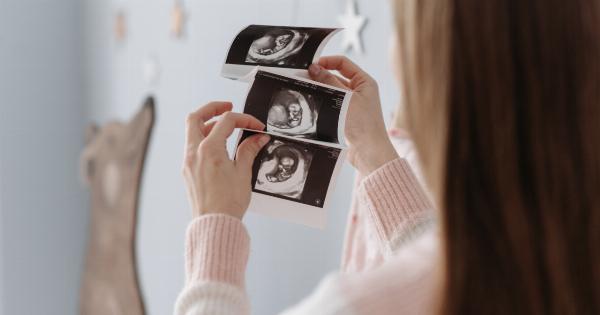Childbirth is one of the most significant events in a woman’s life. While it is normal for a woman to experience some pain and discomfort during labor, complications during childbirth can be life-threatening.
Understanding the potential complications can help to prevent them and ensure that both the mother and baby get the care they need. In this article, we will discuss the most common childbirth complications and what every woman should know about them.
Preeclampsia
Preeclampsia is a serious pregnancy complication that can happen after the 20th week of pregnancy. It causes high blood pressure and damage to organs such as the liver and kidneys.
Symptoms of preeclampsia include high blood pressure, swelling, severe headaches, blurred vision, and rapid weight gain. Preeclampsia must be closely monitored and treated to prevent complications such as stroke, seizure, and even death.
Placenta Previa
Placenta previa occurs when the placenta covers the cervix, making it impossible for the baby to be born vaginally. Symptoms of placenta previa include painless vaginal bleeding in the second or third trimester.
Women with placenta previa require close monitoring and may require a c-section delivery to prevent bleeding and other complications.
Umbilical Cord Prolapse
Umbilical cord prolapse is a rare but serious complication that occurs when the umbilical cord comes out of the cervix before the baby during delivery.
This can cause the baby’s oxygen supply to be cut off, potentially leading to brain damage or death. Signs of umbilical cord prolapse include sudden abdominal pain, vaginal bleeding and a rapid drop in the baby’s heart rate. Immediate medical attention is required to prevent harm to the baby.
Cephalopelvic Disproportion
Cephalopelvic disproportion occurs when the baby’s head is too large to fit through the mother’s pelvic opening. This can lead to prolonged labor and may require a c-section delivery.
Risk factors for cephalopelvic disproportion include maternal height, weight, and pelvic size, as well as the baby’s size and position.
Postpartum Hemorrhage
Postpartum hemorrhage is a severe bleeding that occurs after childbirth. It can occur for many reasons, including damage to the uterus, placenta, or cervix, or a blood clotting disorder.
Symptoms of postpartum hemorrhage include heavy bleeding, dizziness, fainting, and increased heart rate. Immediate medical attention is essential to stop the bleeding and prevent further complications.
Infection
Infection can occur during or after childbirth and may lead to a range of complications, such as sepsis and endometritis. Some common infections that occur during childbirth include Group B Streptococcus, urinary tract infections, and wound infections.
Symptoms of infection include fever, chills, and pain. Appropriate antibiotic treatment is required to treat the infection and prevent complications.
Fetal Distress
Fetal distress is a term used to describe when the baby is not receiving enough oxygen during childbirth. The most common sign of fetal distress is a decreased heartbeat, which can be detected by an electronic fetal monitor.
Fetal distress can lead to many complications, including brain damage, and may require an emergency c-section delivery to prevent harm to the baby.
Breech Birth
Breech birth occurs when the baby is positioned feet or buttocks first in the birth canal instead of head first. Breech births can lead to complications such as umbilical cord prolapse, fetal distress, and birth defects.
Most breech births require a c-section delivery to prevent harm to the baby.
Preterm Labor
Preterm labor is when labor begins before the 37th week of pregnancy. Preterm labor can be caused by many factors, including infections, medical conditions such as diabetes and high blood pressure, and lifestyle factors such as smoking and drug use.
Preterm labor can lead to complications such as preterm birth, respiratory distress syndrome, and cerebral palsy.
Conclusion
Childbirth complications can be life-threatening, but many can be prevented or treated with proper medical care.
It is important for every woman to understand the potential complications of childbirth, how to recognize warning signs, and to seek prompt medical care if needed. By working closely with a healthcare provider, a woman can help ensure a safe and healthy birth for both herself and the baby.





























